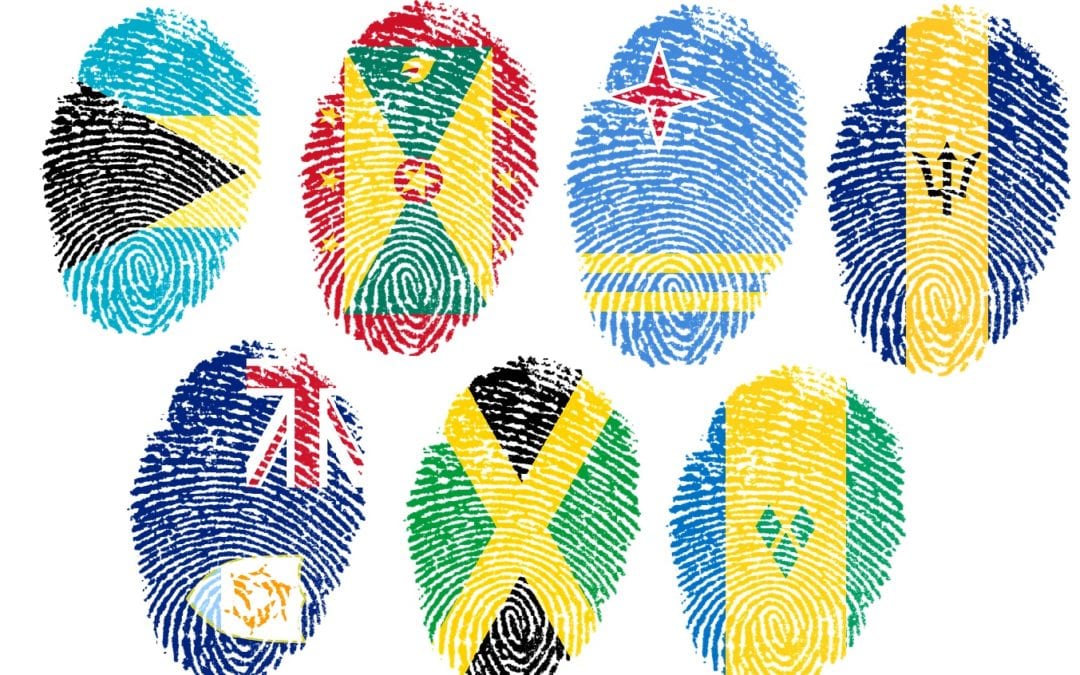
Jul 31, 2019 | Blog, Language Varieties, Testimonials, Tips, Worldwide
Travel to South America, the fourth largest of the world’s continents Ready to travel to South America? Here are some things you should know about it. Firstly, South America is located in the Western Hemisphere and constitutes the southern part of the Americas. Secondly, it consists of 12 independent countries— Argentina, Bolivia, Brazil, Chile, Colombia, Ecuador, Guyana, Paraguay, Peru, Suriname, Uruguay and Venezuela —, the overseas department of French Guiana and some outlying islands. Thirdly, South America is connected to the rest of America by the Isthmus of Panama and is surrounded by the Caribbean Sea to the north, the Pacific Ocean to the west and the Atlantic Ocean to the east. Lastly, South America is also home to a wide variety of climates, breathtaking landscapes and rich cultures with its north-south extent of about 4,700 miles and its east-west extent of about 3,300 miles. Feel like home South American people are known to be kind and warm hearted. When greeting, they tend to go for a kiss on the cheek, even when you haven’t been formally introduced to the other person. They are used to being open with foreign people and are always willing to show their culture to the rest of the world by sharing a mate with you, teaching you some capoeira moves or making you a delicious ceviche. Language variations When traveling to South America, you must remember that the main spoken language in most countries is Latin American Spanish, but it is not the only language used in this southern continent. Portuguese is the official language of Brazil, and other languages such as English,...

Jun 24, 2019 | Blog, Tips, Traditions, Worldwide
More than a drink Just as British people religiously enjoy their 5 o’clock tea, some countries in the southern hemisphere share a very popular drink: “el mate.” This tea-like infusion (also known as chimarrão in Brazil) is made with yerba mate and is enjoyed by children and adults at any time of day. What’s more, it has been an integral part of the culture in Argentina, Uruguay, Paraguay and southern Brazil for many years now. So, let’s learn a little more about this important drink. Origin of “el mate” and yerba mate Yerba mate was already being consumed long before the “new world” was discovered. Actually, it was the Guaraní people who inhabited parts of South America who introduced the plant to the European settlers. The settlers began to cultivate it and to make it well-known throughout the rest of the southern regions. Although the yerba mate cropping tradition almost disappeared when the Jesuits were expelled from the region, native people took over and transformed it into commercial harvesting. “El mate” is also related to the image of “el gaucho”, a popular cowboy-like figure from Argentina, Uruguay and the southern part of Brazil. El gaucho is commonly depicted as a horseman dressed in leather boots or espadrilles, a long-sleeved cotton shirt and baggy pants (bombacha), carrying a bola (best known as boleadora) or a long gaucho knife (facón). How to prepare “el mate” First of all, to start “el mate” we need the following things: Yerba mate –that is, the processed ground leaves of the yerba mate plant.A mate –that is, the receptacle where we’ll put the yerba mate....


























